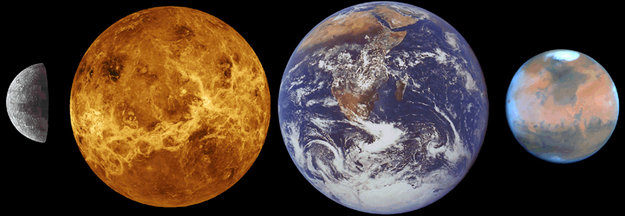Forming Terrestrial Planets from a Narrow Annulus
Lexi Detweiler, Seth Jacobson
.
| Abstract | Background | Methods | Results | About Me |

RESULTS
Varying Embryo Number
Simulations with 400 embryos and two Earth masses were unstable, with bodies being lost almost immediately (Figure 2). For gradually less dense systems, by decreasing the amount of embryos, it was found that a stable system did not occur until 4 embryos (Figure 3). Simulations with embryos spaced 1 mutual Hill radius apart (a larger spacing than used in Hansen, 2009) were unstable, and also saw almost immediate collisions. A stable system did not occur until a separation distance of 4 mutual Hill radii, and even this could be considered metastable.
Figure 2: Percentage of bodies remaining vs time, as the number of embryos varies. Total mass held constant at two Earth masses.

Figure 3: Percentage of bodies remaining vs time, as the total mass and separation distance in mutual Hill radii varies. Number of embryos held constant at 400.
However, although systems of 3 and 4 embryos were stable (Figure 4), these systems did not produce accurate Mercury and Mars analogues; the masses of the bodies present in the final systems were not similar to that of our own inner solar system. While systems of 400, 40, and 20 embryos create much better mass-accurate terrestrial planets (Figure 4), they are much more unstable, as discussed above.

Figure 4: Final object mass plotted against final object semimajor axis as the number of embryos varies. Marked with stars are planets in our inner solar system.
Furthermore, although Hansen got good results by starting simulations with a truncated disk of material, this disk is far too dense to have been formed by any natural physical mechanism. Simulations with 400 embryos did not grow in any significant way via pebble accretion, even with a pebble flux of 2000 Earth masses/Myrs.

. Alexandra (Lexi) Detweiler
. Northwestern REU Student 2018
. Illinois Institute of Technology